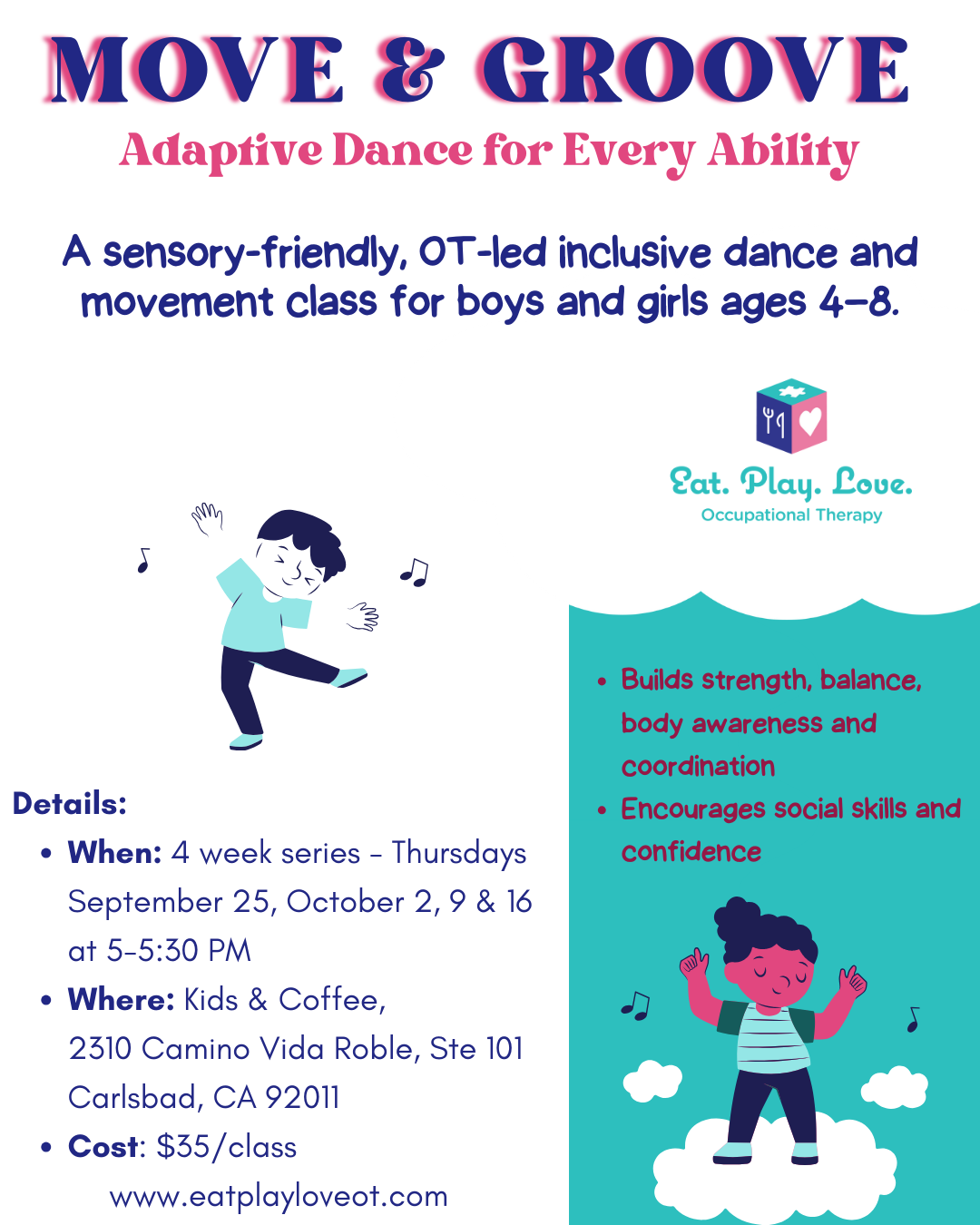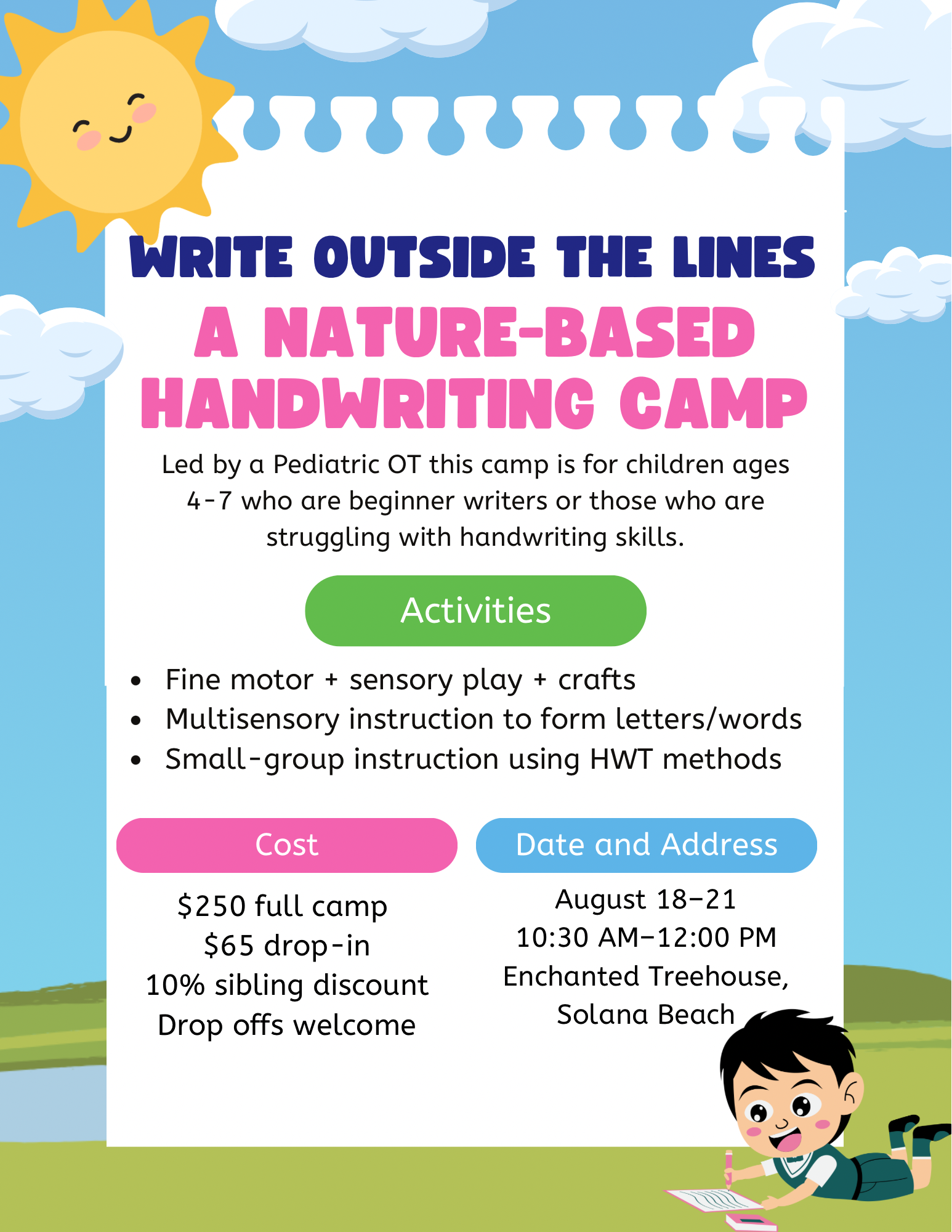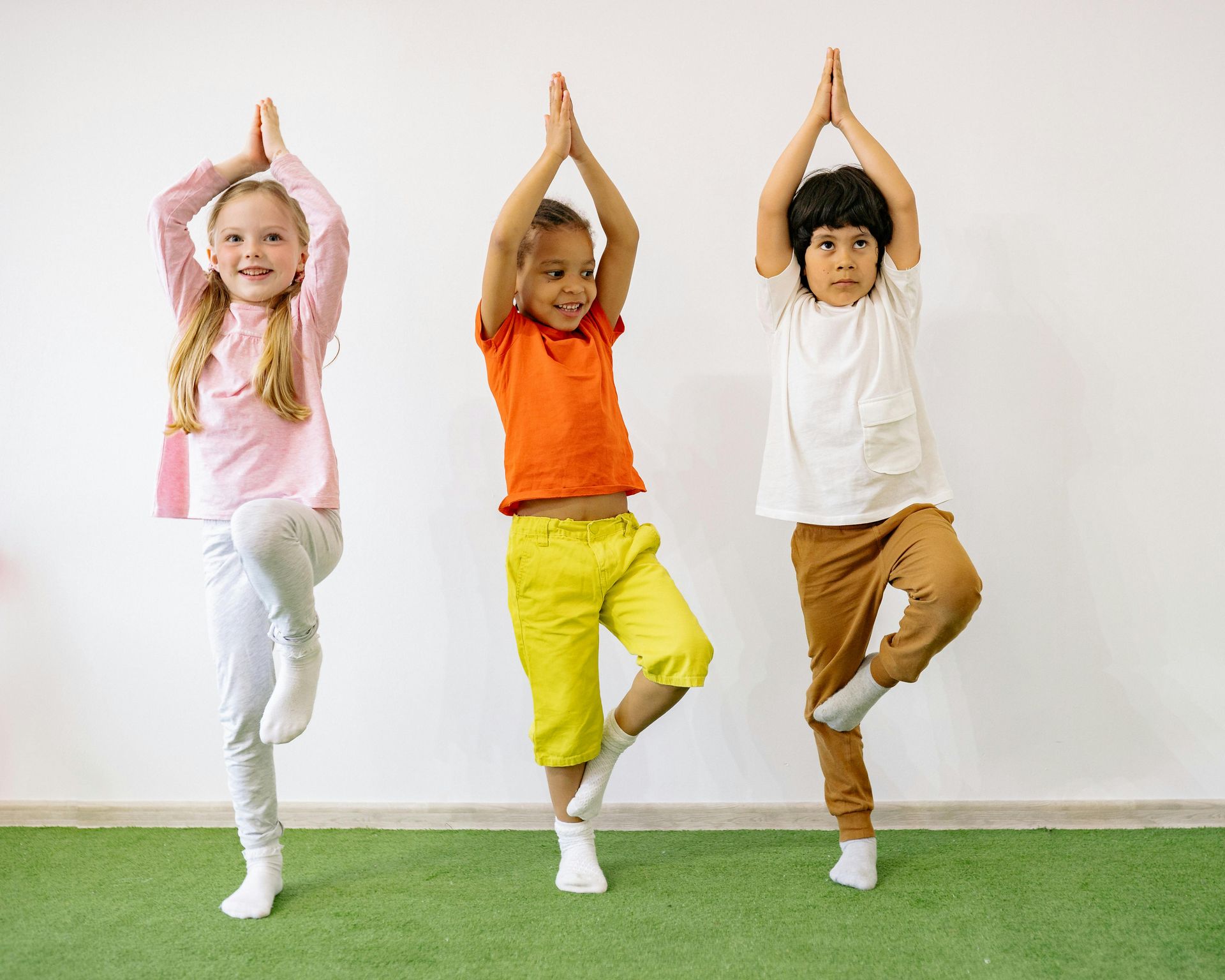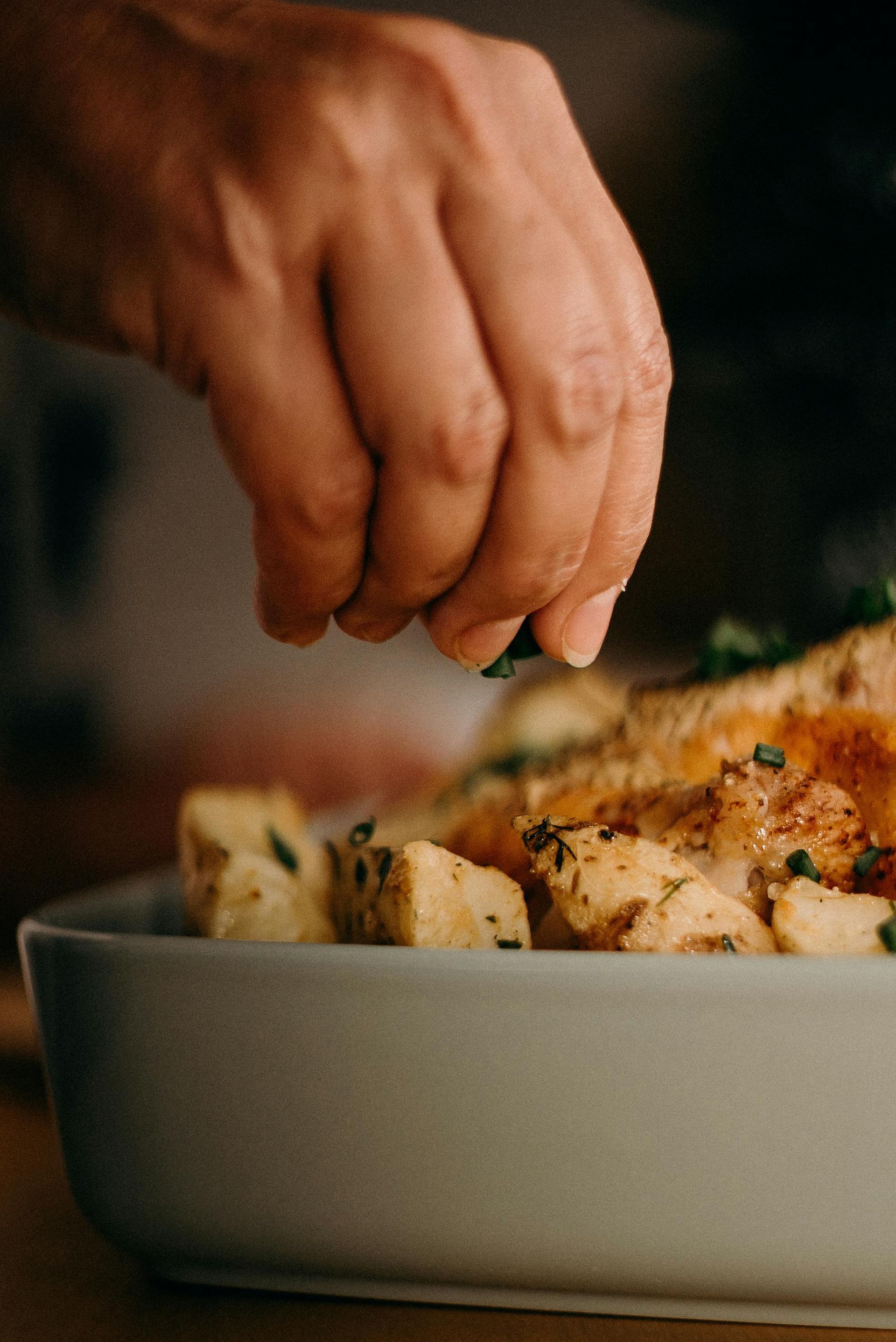The Best Open Cups and Straw Cups for Babies & Toddlers
Promoting Oral Motor Development & Insights from an Occupational Therapist and Feeding Specialist
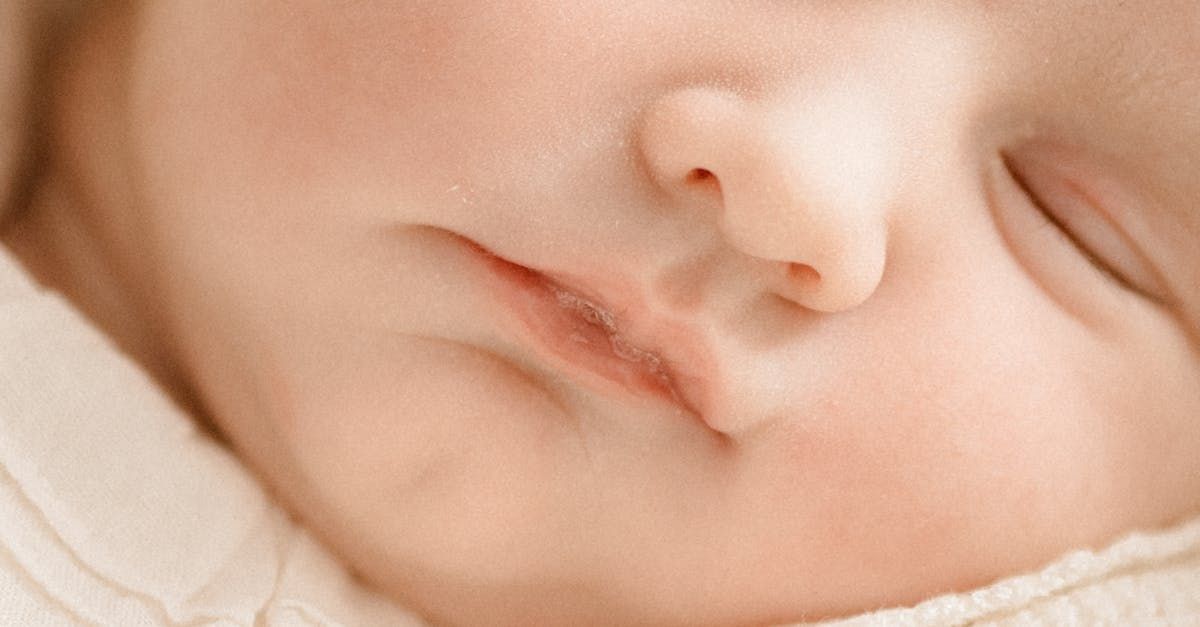
As a pediatric occupational therapist and feeding specialist, I often get questions from parents about the best ways to support their children’s development, especially when it comes to transitioning from bottles to open cups and straw cups. This transition is a key milestone in a child’s development, helping to promote oral motor skills, independence, and overall health.
In this comprehensive guide, we will delve into the benefits of using open cups and straw cups, what to look for when choosing a cup, and detailed reviews of some of the best options available, including the Honey Bear Straw Cup, NumNum Weighted Straw Cup, EZPZ Tiny Cup, NUK Learner Cup, Dr. Brown’s Straw Cup, and Olababy training cup.
What to Look for in Open Cups and Straw Cups
When choosing an open cup or straw cup for your child, consider the following factors:
Age Appropriateness
Ensure the cup is designed for your child's age group. Younger babies need smaller, lighter cups that are easy to handle, while older toddlers can manage slightly larger cups.
Material
Look for cups made from safe, non-toxic materials. BPA-free plastic, stainless steel, and silicone are popular and safe choices.
Ease of Cleaning
Choose cups that are easy to clean and dishwasher safe. This helps maintain good hygiene and convenience for busy parents.
Design
Opt for cups with ergonomic designs that are easy for little hands to grip. Cups with weighted bottoms can help prevent spills, as do lids with secure closures for straw cups. We also want to keep in mind oral motor movement patterns and coordination allowed when using different types of cups/spouts and straws.
Durability
Children can be rough with their belongings, so durable cups that can withstand drops and throws are ideal.
Best Open Cups for Babies and Toddlers
1. EZPZ Tiny Cup
The EZPZ Tiny Cup is a favorite among pediatric occupational therapists. Designed for babies 6 months and older, it’s made from food-grade silicone, which is gentle on gums and teeth. The tiny size and weighted base make it easy for little hands to hold and reduce the risk of spills. The EZPZ Tiny Cup also features a textured surface to prevent slipping and help babies maintain a good grip.
The EZPZ Tiny Cup promotes independence by allowing babies to practice drinking from an open cup. Its small size is perfect for tiny hands, and the weighted base helps prevent tipping. The cup’s silicone material is not only safe but also provides sensory feedback that can be soothing for some children.
2. Olababy Silicone Training Cup (I love their straw cup too!)
The Olababy Silicone Training Cup is another excellent option for young children. Made from 100% silicone, this cup is soft, flexible, and safe for little mouths. Its ergonomic design includes a weighted base and a curved rim to help minimize spills and make drinking easier. The Olababy cup is suitable for babies 6 months and older.
The Olababy Silicone Training Cup encourages proper lip closure and promotes oral motor development by providing a sensory-rich experience. The soft silicone is gentle on gums and teeth, making it an ideal choice for teething babies.
3. Regular old Dixie cup or shot glass
A shot glass size or small dixie cup is perfect for a little one's first sips.
Best Straw Cups for Babies and Toddlers
1. Honey Bear Straw Cup
The Honey Bear Straw Cup is a popular choice for therapists and parents alike. It comes with a flexible straw that helps children practice their sucking skills, which is crucial for oral motor development. The squeezable bear design allows parents to assist the flow of liquid, making it easier for beginners to learn how to drink from a straw.
The Honey Bear Straw Cup is particularly beneficial for children with oral motor delays or sensory processing issues. The bear’s squeezable body lets parents control the liquid flow, gradually allowing the child to take over as they become more proficient. This cup can also be used to teach children how to drink from a straw if they are having difficulty.
2. NumNum Weighted Straw Cup
The NumNum Weighted Straw Cup features a weighted straw that moves with the liquid, allowing children to drink from any angle. This design is especially helpful for toddlers who are still mastering the coordination needed to keep a cup upright. The cup’s ergonomic design and easy-grip handles make it a user-friendly option for young children.
The weighted straw in the NumNum cup ensures that your child gets every last drop of their drink, reducing frustration and encouraging them to drink more independently. The cup’s design promotes proper lip closure and sucking patterns, which are essential for oral motor development.
3. NUK Learner Cup
The NUK Learner Cup is designed to help transition babies from bottles to cups. It features a soft, flexible straw that is gentle on gums and teeth. The cup’s ergonomic handles are easy for little hands to hold, and the spill-proof design helps prevent messes.
The NUK Learner Cup’s soft straw encourages children to use their tongue and lips in a way that promotes proper oral motor development. The cup’s spill-proof design gives parents peace of mind while allowing children to practice drinking independently.
4. Dr. Brown’s Straw Cup
Dr. Brown’s Straw Cup features a soft, flexible straw that is gentle on gums and teeth. The cup’s spill-proof design makes it a practical choice for parents on the go. The handles are designed for small hands, making it easy for toddlers to hold and drink independently.
Dr. Brown’s Straw Cup promotes oral motor development by encouraging children to use their tongue and lips to draw liquid through the straw. This action helps strengthen the muscles needed for speech and feeding. The cup’s design also helps children learn to control the flow of liquid, reducing the risk of choking.
Supporting Oral Motor Development through Cup Use
Using open cups and straw cups can significantly support your child's oral motor development. Here’s how:
Strengthening Muscles
Drinking from an open cup or straw cup requires the use of various muscles in the mouth, lips, and jaw. This strengthens the muscles needed for eating and speaking.
Improving Coordination
Managing an open cup or straw cup improves hand-eye coordination and fine motor skills. Children learn to control their movements to avoid spills and successfully bring the cup to their mouth.
Encouraging Proper Tongue Movement
Straw cups encourage proper tongue placement and movement, which are essential for speech development, jaw development, and feeding skills. The sucking motion used with a straw helps build strength and coordination in the tongue.
Enhancing Lip Closure
Using an open cup requires children to learn how to close their lips around the cup's rim, promoting better lip closure. This skill is crucial for clear speech and effective swallowing.
How to Introduce Open Cups and Straw Cups
Start Early
Introduce an open cup or straw cup around 6 months of age, when your baby starts solid foods. This is an ideal time to encourage drinking from a cup as part of their mealtime routine.
Model the Behavior
Children learn by observing. Show your child how to drink from an open cup or straw cup by demonstrating the process yourself. They will be more likely to mimic your actions.
Offer Small Amounts
When first introducing a cup, offer small amounts of water or breast milk/formula. This helps prevent large spills and allows your child to practice without wasting much liquid.
Be Patient
Learning to drink from an open cup or straw cup can take time. Be patient and offer plenty of encouragement. Celebrate small successes to build your child’s confidence.
Make It Fun
Turn cup practice into a fun activity. Use cups with colorful designs or let your child choose their cup. Incorporate games and praise to make the experience enjoyable.
Consistency is Key
Consistency is important when transitioning to a new drinking method. Offer the open cup or straw cup regularly during meals and snacks. Gradually reduce the use of bottles as your child becomes more comfortable with the new cups.
Monitor Progress
Keep an eye on your child’s progress and adjust your approach as needed. If you notice any difficulties or concerns, consult with a pediatric occupational therapist or feeding specialist for additional guidance.
Conclusion
Transitioning to open cups and straw cups is a significant milestone in your child’s development. These cups promote essential oral motor skills, support independence, and contribute to overall health and well-being. By choosing the right cups and introducing them thoughtfully, you can help your child develop the skills they need for successful feeding and communication.
The Honey Bear Straw Cup, NumNum Weighted Straw Cup, EZPZ Tiny Cup, NUK Learner Cup, Dr. Brown’s Straw Cup, and Olababy Silicone Training Cup are all excellent choices that support different aspects of your child's development. Each of these cups offers unique features that can make the transition from bottle to cup smoother and more beneficial for your child.
Remember, patience and consistency are key during this transition. Celebrate your child's successes, no matter how small, and provide plenty of encouragement and support. With the right tools and a positive approach, you can help your child master the skills they need.
If you have concerns with your child's oral motor or feeding skills, discuss with your pediatrician or contact us here.

